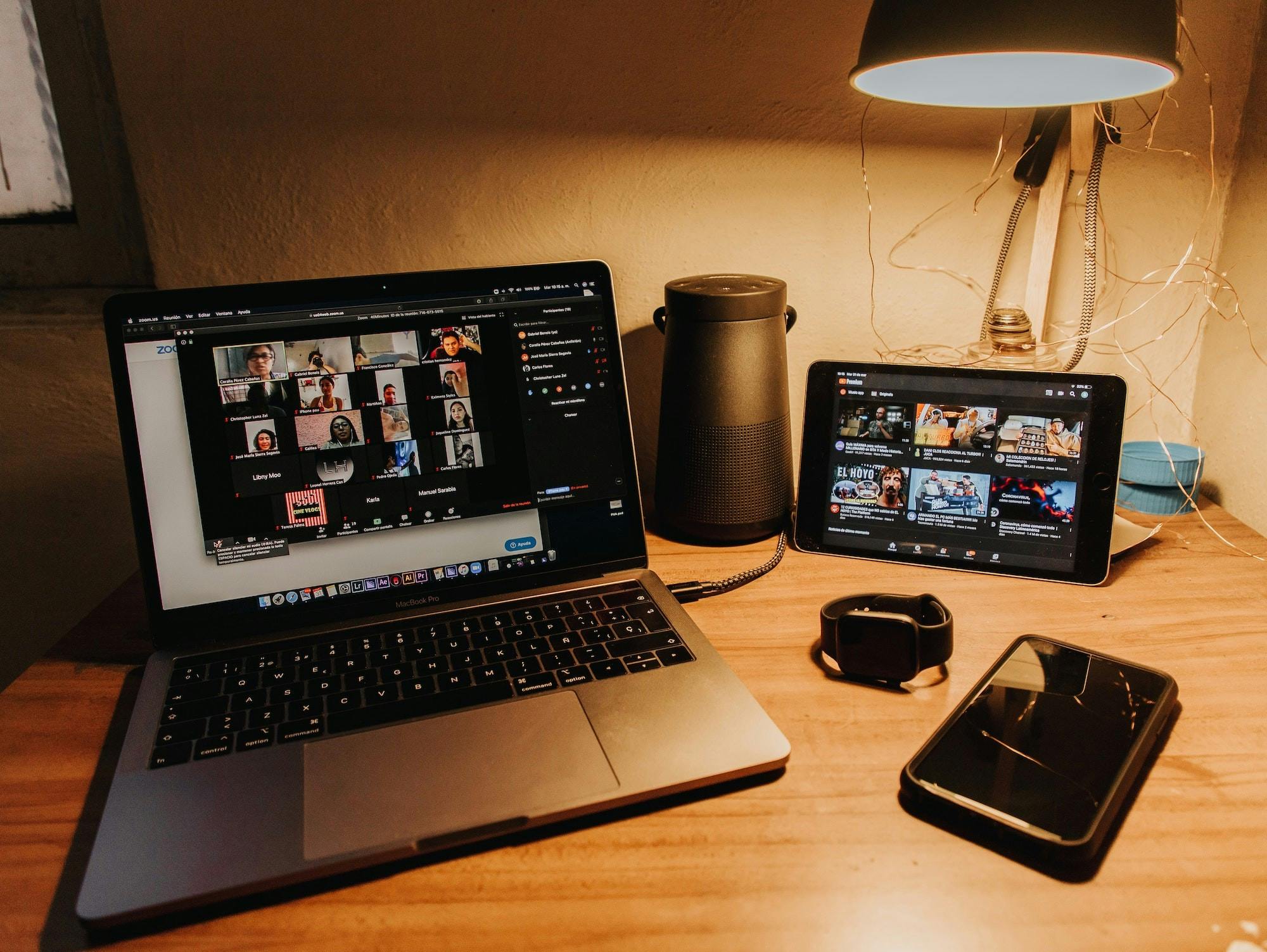Are you tired of being on Zoom, Microsoft Teams, GoToMeeting, or Google Meet calls, all day, every day? It can be exhausting, even more exhausting than being with people in person. Why is that?
Psychologist Doreen Dodgen-Magee, Psy.D. is one of the leading experts on how technology shapes people. She explains in a recent article on Psychology Today that while we have flocked to technology to connect while apart, a month into this behavior has led to some surprising findings for people who thought this might be able to get them through a lack of physical connection. Dodgen-Magee states:
While humans are neurodivergent in terms of sociability and interpersonal preferences, we are all sensual beings. When we encounter each other, we take in information from many senses. Certain people and their places have specific smells. Often, physical touch in one form or another is involved in an encounter. In essence, the mere physical presence of another has the power of stirring feelings and awakening all of our senses.
When we connect via screens, much of this is lost. Limited to only audio and visual sensory data, it’s easy for us to feel a sense of being “alone together.” This term, coined by Sherry Turkle, deftly describes the odd sense of anti-presence that we are talking about right now. Whether this is related to the limited context that each party sees of the other, or the simple lack of full sensory data, we cannot know.
It’s worth the read but you’re probably also wondering what we can actually do about this. Dodgen-Magee gives five suggestions:
- Tend to your self
- Consider covering the image of your self on the screen
- Make intentional choices about what platforms you use to communicate within and who you choose to engage in them
- Consider the phone some of the time
- Get creative about ways of increasing the authenticity and spontaneity of digital encounters
This tracks with my own experience. It’s exhausting being on video, even for a few hours. The light on the camera makes you painfully aware that you are being watched. After more than a decade of working from home, my camera is on for a handful of hours a week maximum. If you limit your time on camera, you’ll find yourself more open to those virtual happy hours that everyone is doing. Just stick to one or two week.
Quick Hits
- 59% expect work-from-home policies will remain intact after the pandemic ends while about half expect flexible work arrangements to be the norm [Willis Towers Watson]
- Remote work has led to a shift in working times. While folks in the west and northeast are actually starting later in the day, people in the midwest and southwest are starting significantly earlier. [Aternity]
- 57% of people working from home didn’t have a dedicated space or had to find more space to accommodate everyone working from home. [Intuit]
- What do those employees want in their spaces? Sit/stand desks, ergonomic chairs, and monitors top the wish lists for WFH employees. [Procurify]
- New research shows that the job market was already in trouble before the pandemic, but hiring in April may not have been off as many have imagined. [Visier]
- Fosway has released their 9-grid report for talent acquisition. No provider makes it into the top right box, though Avature, Tribepad, Talentsoft, and SmartRecruiters all get close. [Fosway]
- A self-assessment and strengths finder StandOut from ADP and Marcus Buckingham is being offered for free to individuals. [Marcus Buckingham]
- Relocation software provider Topia received an additional $15 million in funding this week. [Press Release]
Technology that helps people go back to work safely
Finally, a few weeks ago, we talked about what reopening might look like. A new tool from Stratum Technology called HealthCheck by Stratum can reportedly help organizations track and evaluate employee health. A quote from the release:
Following strict data privacy laws including GDPR and the California Consumer Privacy Act, HealthCheck’s intuitive digital portal enlists employees to partake in a self-health-assessment based on CDC guidelines, where they answer a series of health-based questions and temperature checks pre-, during-, and after- the workday. Real-time results are encrypted and then provided to the individual and the employer along with recommendations based on their answers; outcomes and associated meanings include:
Pass – Clear in temperature and symptoms; Free to attend work as usual
Warn – Consult your physician and employer
Alert – Employer has been notified of your symptoms / contact your employer
There will be more technologies coming out soon that promise similar functionality. Perhaps, as testing becomes more widespread, this becomes part of the platform to maintain the confidentiality of the widespread testing that needs to happen in order from some businesses to open.
It will be interesting to see where work technology takes us over the next few months. There are real problems out there to be solved, and this is certainly one of them.
The weekly wrap is where TLNT shares the stories that didn’t quite make it into a full post this week. We’ll also share links to some of our favorite things we read this week about HR, people development, the future of work, and more.
